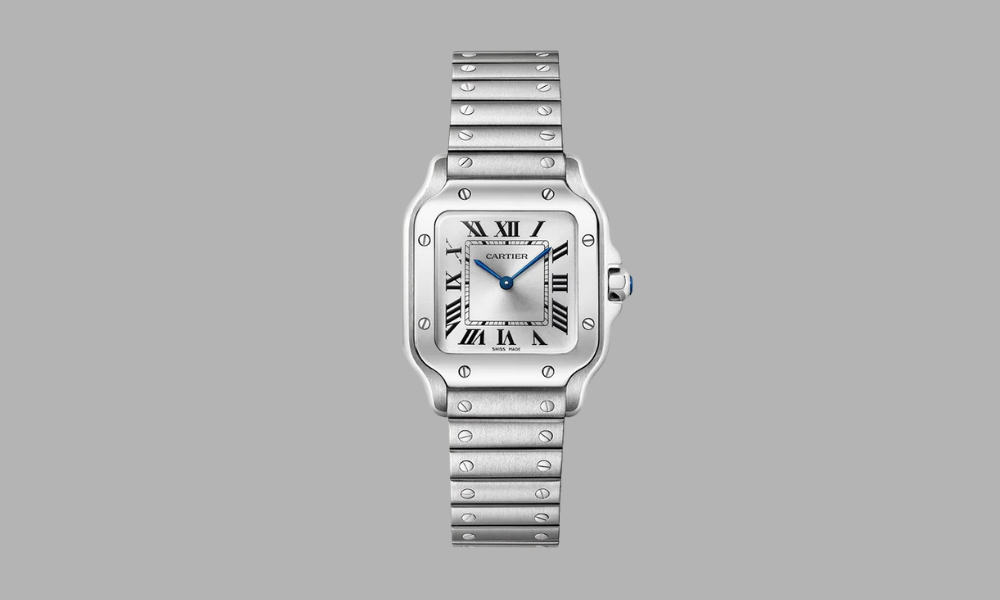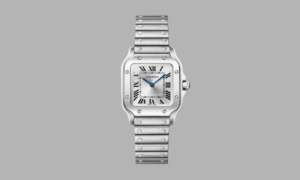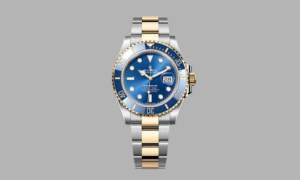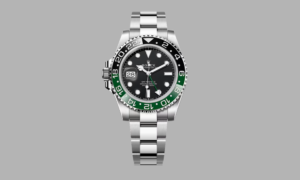Let me take you through the history of pilot watches – from Cartier Santos to modern icons.
Big dials, onion crowns, and the best aviation watches today.
Imagine the early 1900s. Wristwatches were not yet fashionable for men-pocket watches were the norm. Now picture yourself as a pioneering aviator, hands gripping the controls of a fragile aircraft, needing to know the time mid-flight. Reaching into your jacket for a pocket watch would be more than inconvenient-it could be dangerous.
This very challenge gave birth to one of the most iconic categories of timepieces: the pilot watch.
The Santos and the Birth of the Pilot Watch
In 1904, famed Brazilian aviator Alberto Santos-Dumont faced this exact problem. He shared his frustration with his friend, watchmaker Louis Cartier, who responded by designing a practical solution – a wrist-mounted timepiece that allowed aviators to glance at the time without letting go of the controls. The result was the Cartier Santos, now considered the world’s first pilot’s watch and one of the first purpose-built wristwatches for men.
World War I and the Rise of Wristwatches
The idea didn’t stop with Santos-Dumont. By the time of World War I, wristwatches became essential military tools. Soldiers and aviators needed durable, legible watches that could handle tough conditions. This shift marked the cultural turning point when wristwatches overtook pocket watches in popularity among men.
Why Big Dials and Onion Crowns Mattered
Early aviators flew in open cockpits, often wearing thick leather gloves and goggles. They needed large, highly legible dials to read the time at a glance, even in poor lighting. That’s why oversized numerals, luminous markers, and broad hands became hallmarks of early aviation watches.
Another critical feature was the “onion crown” a large, rounded crown resembling the bulb of an onion. This design allowed pilots to wind or adjust their watches without removing their gloves, a vital detail at freezing altitudes. Many World War II B-Uhr (Beobachtungsuhr) watches, produced by brands like IWC, Laco, and Stowa, featured both oversized dials (up to 55mm) and onion crowns. These practical innovations became enduring symbols of pilot watch design.
The Expansion Through the 20th Century
As aviation advanced, so did the demands on pilot watches. During World War II, the German Luftwaffe and Allied forces commissioned watches with strict military specifications – giving rise to the famous B-Uhr watches (also known as observation watches) and models from Longines, Omega, and Zenith.
Post-war aviation in the 1950s and 60s pushed innovation further. Pilots needed tools for navigation, flight calculations, and even intercontinental travel. This era gave us iconic models such as the Rolex GMT-Master, designed for Pan Am pilots to track multiple time zones, and the Breitling Navitimer, with its slide rule bezel for flight calculations.
Pilot Watches Today
Pilot watches remain one of the most popular categories in watchmaking, even if most modern aviators rely on digital instruments. The appeal lies in their heritage, functionality, and timeless style.
Some of today’s best-known aviation watches include:
Cartier Santos – the elegant original.
Breitling Navitimer – a legend among aviation professionals.
IWC Big Pilot – bold, functional, and rooted in WWII design with its onion crown and oversized dial.
Rolex GMT-Master II – a travel essential that transcended aviation.
Zenith Pilot – carrying forward the vintage pilot aesthetic.
Why They Still Matter
Pilot watches are no longer just cockpit tools – they are symbols of exploration, courage, and precision. Their large dials, onion crowns, and aviation-inspired design cues make them versatile timepieces loved by collectors and professionals alike.
From Alberto Santos-Dumont’s daring flights over Paris to modern pilots traversing continents, the story of the pilot watch is one of necessity evolving into timeless style.
 ENG
ENG FRE
FRE

 ENG
ENG FRE
FRE




